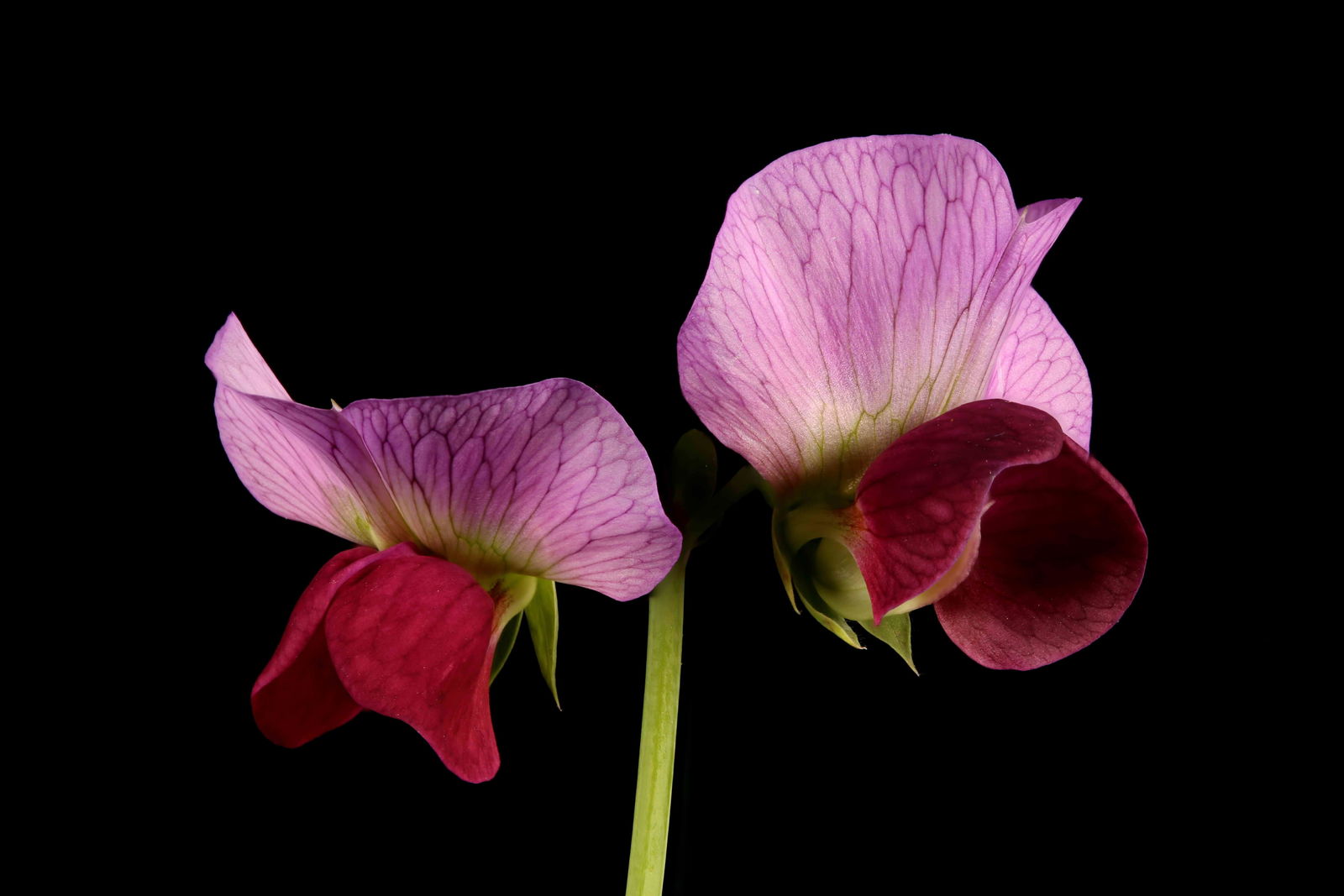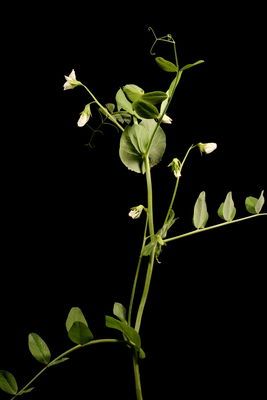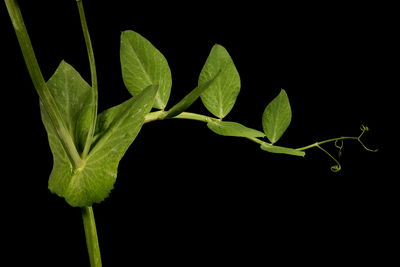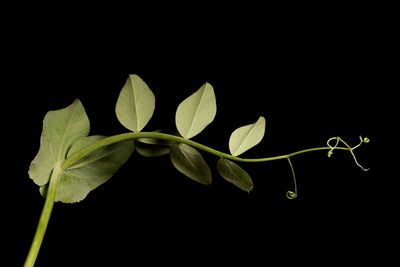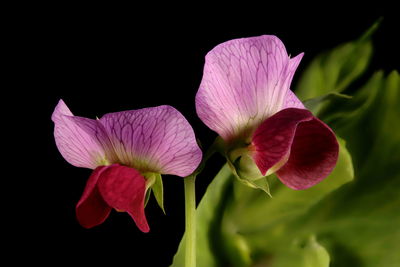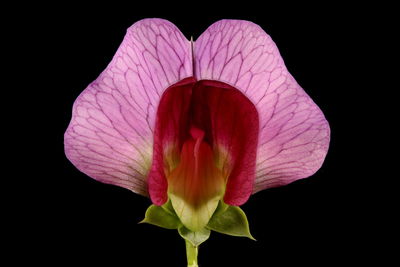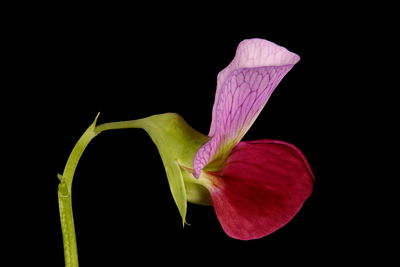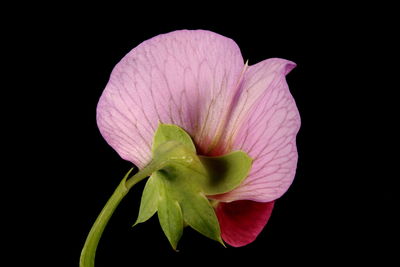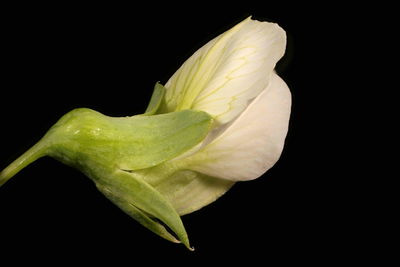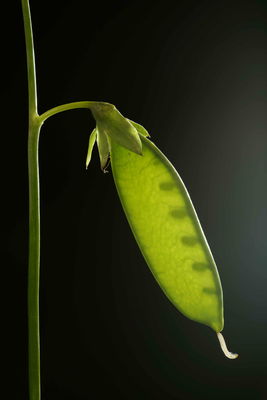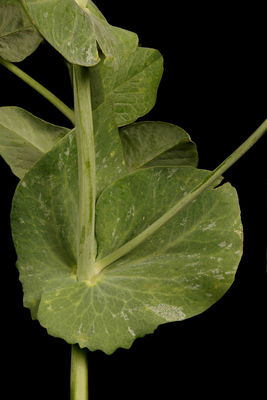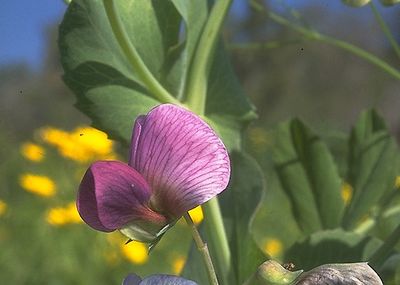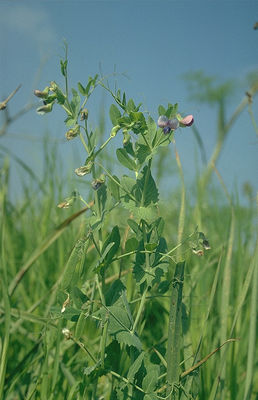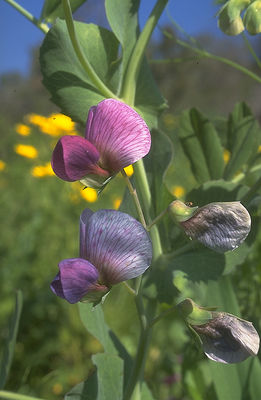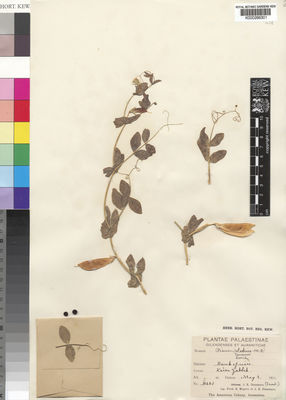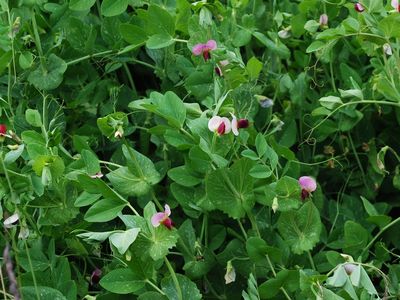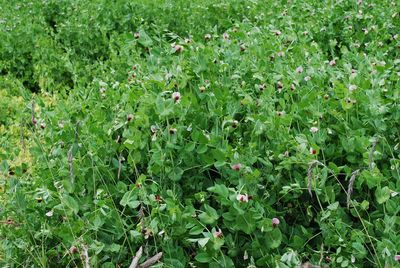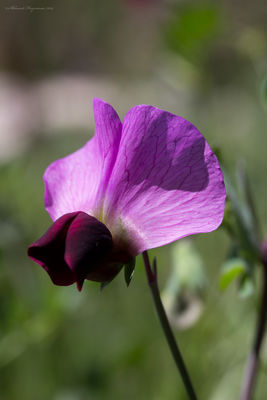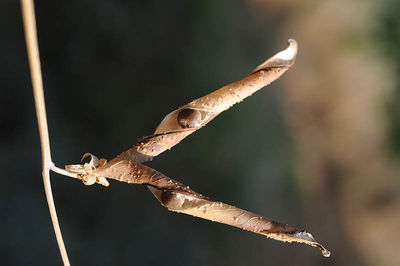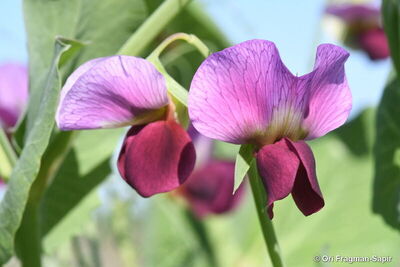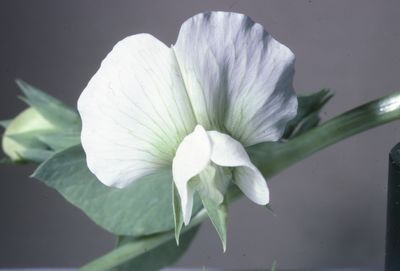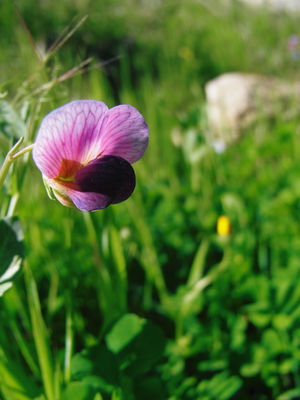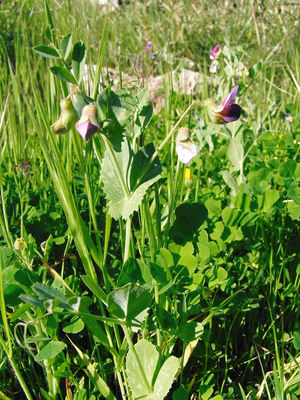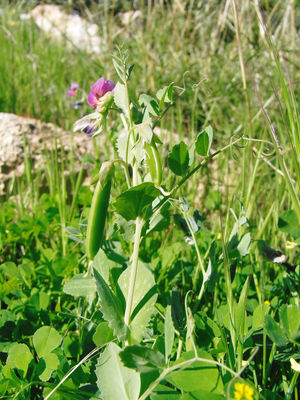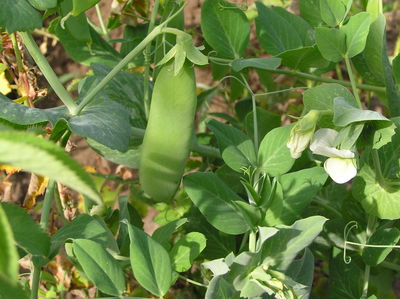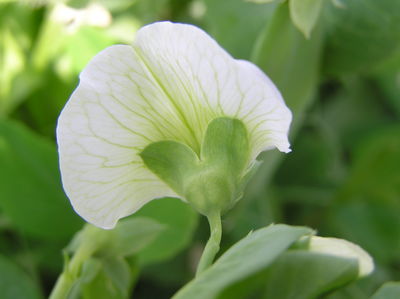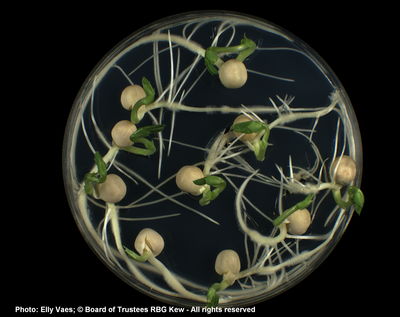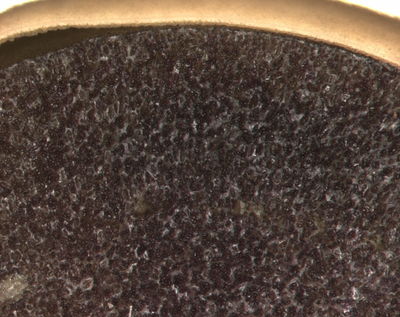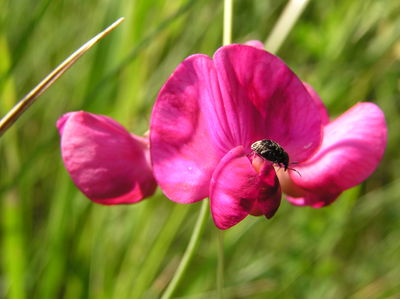Pisum sativum, commonly known as pea, is a valuable food source for millions of people throughout the world. Pea belongs to the plant family Leguminosae (also known as Fabaceae) and, like many legumes, it has the ability to fix nitrogen from the air through a symbiotic relationship with bacteria housed in root nodules, making it very rich in protein. Pea seeds are high in fibre, vitamins and important minerals such as iron, magnesium, phosphorus and zinc.
There are three main types of pea. Field pea is grown for the dry seeds, garden pea is cultivated for the immature green seeds and sugar pea is grown for the immature pods.
The father of modern genetics, Gregor Mendel, famously performed breeding experiments with the pea and discovered the mechanisms governing inheritance by crossing different types of pea plants and observing the offspring. The pea is an ideal plant for genetic study because of the presence of observable traits with contrasting forms, its short life-cycle and its production of many offspring from one cross.
Geography and distribution
The origins of Pisum sativum are not very well known. Archaeological evidence found in the Fertile Crescent (the area surrounding modern day Israel and Jordan and the land in and around the Tigris and Euphrates rivers), indicates that people have been cultivating pea since 8,000 BC. Western Asia appears to be the area in which pea was first cultivated and from there it was spread by humans to Europe, China and India. Today, Pisum sativum , is grown in all temperate countries and in most tropical highlands.
Description
Overview: Pisum sativum is an annual (with a life cycle of one year) climbing herb up to 3 metres tall (up to 1.3 metres for the sugar pea types) with a well developed taproot extending up to 1.2 metres into the soil. The stems are terete (cylindrical) with hollow internodes (parts of the stem that lie between where a leaf is attached or used to be attached) and very few basal branches.
Leaves: The pinnately compound leaves are arranged alternately along the stem, each leaf comprising up to 4 pairs of leaflets and ending in a tendril which is usually branched. The stipules (appendages at the base of the leaf) are leaf-like and are up to 10 x 4 cm in size. The petiole (the part of the leaf which connects to the stem) is up to 7 cm long.
Flowers: The flowers are arranged along an unbranched axis (a raceme), and the racemes are 1-3 flowered and axillary (arising in the axil, between the main stem and a leaf). The flowers are white to purple and are papilionaceous, typical of species belonging to the Leguminosae subfamily Papilionoideae. Each flower has 10 stamens, nine of which are fused into a partial tube, with the tenth stamen free. The ovary is positioned above the sepals, petals and stamens. The style is curved and is longitudinally grooved.
Fruit: The fruit is a pendent oblong pod, 3.5-15 × 1-2.5 cm in size and containing up to 11 seeds. The seeds are globose (spherical), sometimes wrinkled, 5-8 mm in diameter and vary in colour from yellow (sugar pea), green (crinkled garden pea) to purple or spotted or creamish white.
Uses
Pisum sativum is cultivated mainly for its edible seeds which are high in protein and contain important vitamins and minerals.
Peas are prepared in a number of different ways depending on the type or cultivar used:
The dry seeds of field pea are consumed as a pulse dish and need to be soaked first to soften them before boiling. They can also be roasted or decorticated (having their thin seed coat removed) and split before boiling (known as split peas).The young seeds of garden pea and the young pods of sugar pea only need to be boiled for a few minutes before they are ready to be eaten.
In Western countries peas are commonly sold canned or frozen. In Malawi and some Asian countries the leafy shoots of the pea plant are eaten as a vegetable.
As well as being an excellent food source for humans, the high protein content of Pisum means that it is commonly used as animal feed in many Western countries. The plant is also used for forage, hay, silage and green manure. Its ability to fix nitrogen makes pea a good fertiliser and cover crop.
For a beauty treatment the seeds of pea can be crushed and used as a face-mask for acne and wrinkles.
Crop wild relatives of pea
The Millennium Seed Bank and the Global Crop Diversity Trust are engaged in a ten-year project, called 'Adapting Agriculture to Climate Change'. The project aims to protect, collect and prepare the wild relatives of 29 key food crops, including pea, so that they are available to pre-breeders for the development of new varieties that are more resilient to the effects of climate change.
Millennium Seed Bank: Seed storage
The Millennium Seed Bank Partnership aims to save plants worldwide, focusing on those plants which are under threat and those which are of most use in the future. Once seeds have been collected they are dried, packaged and stored at -20°C in Kew's Millennium Seed Bank vault.
Description of seeds: Average 1,000 seed weight (g) = 214.7 g
Number of seed collections stored in the Millennium Seed Bank: Three
Seed storage behaviour: Orthodox (the seeds of this plant can be dried to low moisture contents without significantly reducing their viability. This means they are suitable for long-term frozen storage).
Germination testing: Successful
This species at Kew
Pressed and dried specimens of pea are held in Kew's Herbarium, where they are available to researchers by appointment. Details and images of some of these specimens can be seen online in Kew's Herbarium Catalogue.

